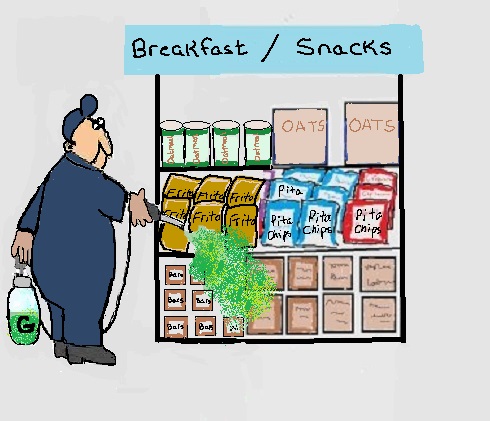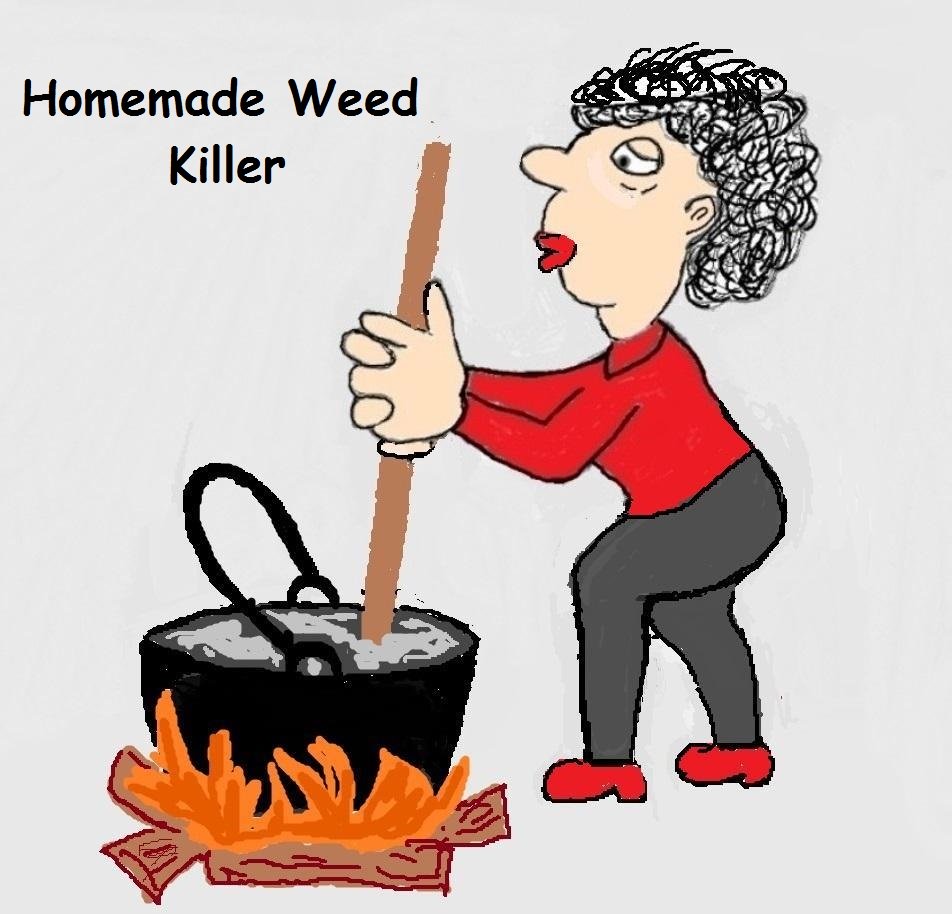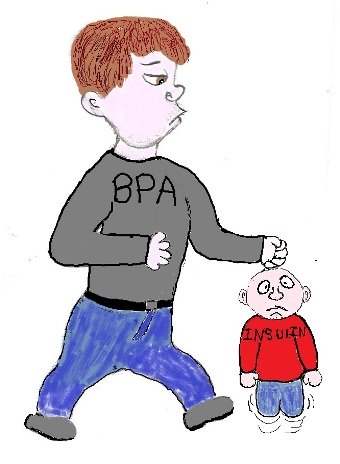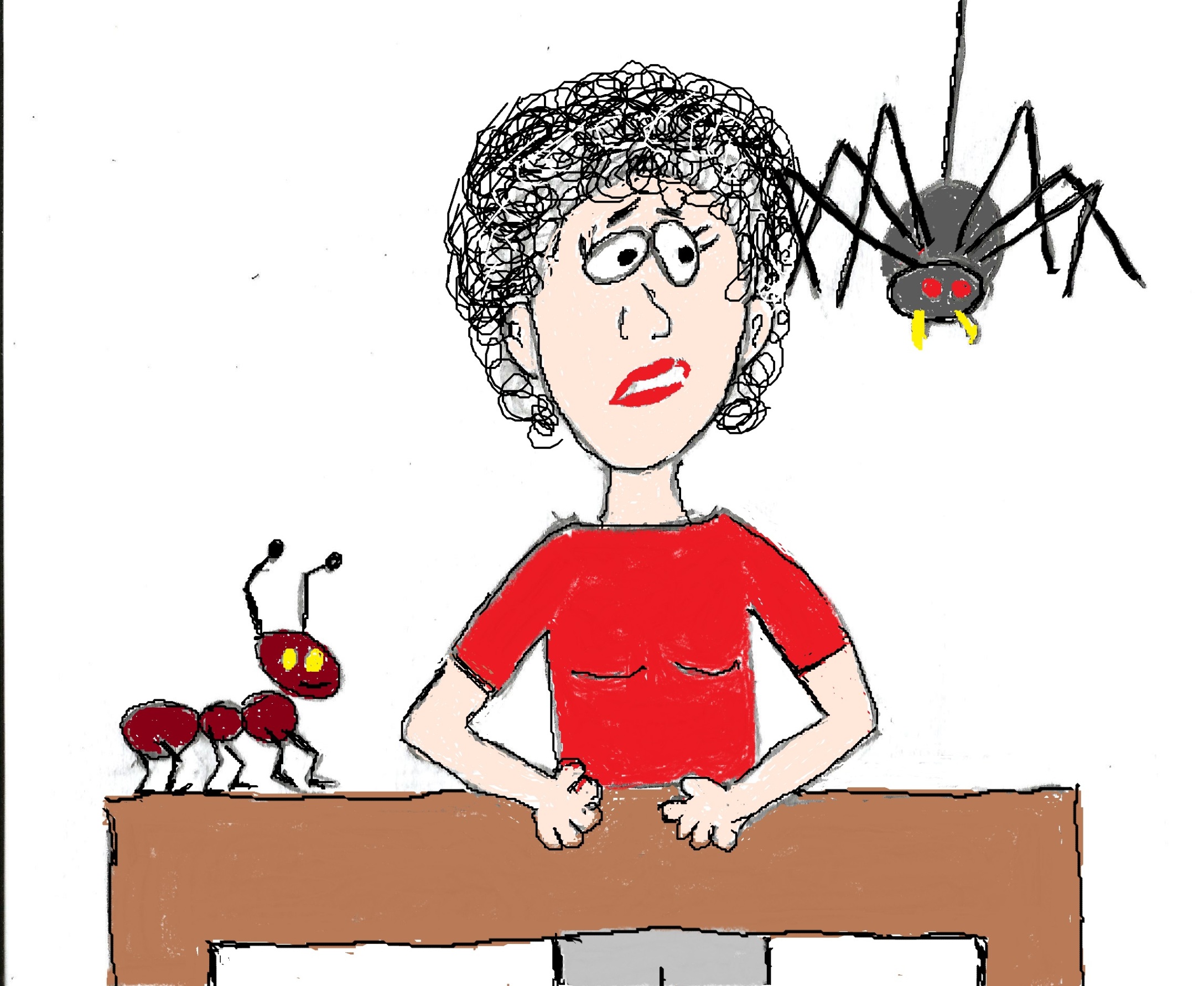- Home
- Toxic Chemicals in Food
- Glyphosate in Food
Glyphosate In Food List
Several studies have found a shocking amount of glyphosate in food. Conducted since 2016 by the Environmental Working Group, Food Democracy Now, Friends Of The Earth and the Center For Environmental Health, these studies measured the levels of this toxic chemical in grains, cereal, breakfast bars and snacks.
Glyphosate is the active ingredient in weed killers like Round up. More than 250 million pounds of this toxic chemical are sprayed on American crops every year, especially on “Roundup-ready” corn and soybeans. These crops are genetically engineered to withstand the herbicide.
And even if you don’t use Round up as a weed killer in your yard, there’s a great chance your town’s parks and rec department, golf course and probably your neighbors all do. In other words, there's glyphosate in food because it’s the most widely used herbicide on the market.
That's why it's been found in 90% of chickpea and hummus samples and 70% of beans and lentils in a 2020 Environmental Working Group (EWG) report. In 2019, Friends of the Earth testing detected glyphosate in 100 percent of samples of dried pinto beans and oats. And a 2018 EWG study found glyphosate on almost all non organically grown oat-based products.
Health Effects Of Exposure
Thanks to lots of misinformation and big bucks spent by Monsanto, the makers of Roundup, glyphosate-based herbicides have a bogus reputation for being safe. Bogus because in reality, animal and human studies of exposure have found that glyphosate can affect your health in a bunch of different ways.
The International Agency for Research on Cancer (IARC), an intergovernmental agency which is part of the World Health Organization, classified glyphosate as a probable human carcinogen in 2015. And evidence is growing that exposure can:
- Disrupt your endocrine system even at low exposure levels
- Contribute to cancers of the liver, kidney, bladder/urinary tract and thyroid
- Damage DNA
- Cause cell death
- Kill the beneficial bacteria in your gut
- Trigger oxidative stress
- Contribute To Fatty Liver Disease
If that list isn’t scary enough, glyphosate also messes with your body’s ability to breakdown other toxins you are exposed to everyday.
Plus, credible independent, peer-reviewed scientific evidence also now shows that the level of exposure that could harm your health begins at the ultra-low levels of 0.1 parts per billion (ppb). Unfortunately. a UCSF study found that 93% of us have an average level of 3.096 parts per billion (PPB) in our bodies.
And despite claims by Monsanto that glyphosate is quickly broken down in your body and excreted, there’s also growing scientific evidence that it builds up in your body. And not just in body fat. It can actually build up in organs and bones. It builds up in bones due to its strong ability to bind with calcium.
So, what amount of glyphosate in food is considered unsafe? Well, according to the EPA, a 150 pound adult can safely consume 70,000 micrograms per day. California believes that level is 1,100 micrograms per day.
The Environmental Working Group (EWG) believes that these exposure amounts re way too high. Their benchmark for daily glyphosate exposure is 10 micrograms (based on cancer risk).
Now, what does that amount mean in terms of the parts per billion of glyphosate in food. A couple of calculations convert the 10 micrograms into the 160 parts per billion benchmark the EWG sets for glyphosate in food.
Keep that number in mind as you look at the Top 10 list below. But first, why is there so much glyphosate in food?
Why Glyphosate In Food Levels Are So High
When you look at the levels in the list below you might wonder why the levels of glyphosate in food are so high in oats and other grains. There are a couple of reasons.
First, as I already mentioned, glyphosate is the most used herbicide in farming. GMO crops are genetically designed to survive this herbicide. So they can be heavily sprayed.
Because glyphosate is absorbed into the plant’s cellular structure in order to kill weeds, the chemical can’t be removed from GMO crops and other plants by washing, peeling, baking or brewing grains.
THIS IS WHY HIGH LEVELS OF THIS HERBICIDE ENDS UP IN YOUR BOWL OF OATMEAL!
Another more recent reason for the high levels of glyphosate found in food is that farmers spray glyphosate on crops like oats, wheat, barley and edible dry beans as a pre-harvest drying agent. In other words, this process kills the crops and dries them out faster. This means the crops can be harvested sooner.
While this pre-harvest use of glyphosate may account for a small amount of overall use of the herbicide, it accounts for well over 50% of your dietary exposure!
The top 10 highest levels of glyphosate found in foods tested are listed below. You can download a complete glyphosate in food list of the levels found in all the items tested in multiple studies here.
Glyphosate In Food List Top Ten
|
Product |
Amount in pbb (parts
per billion) |
|
Harris Teeter Organic Dry Chickpeas |
13,982 |
|
Harris Teeter Dry Chickpeas |
5,293 |
|
Whole Foods Market Hummus |
2,379 |
|
Quaker Oatmeal Squares |
2,015 |
|
Harris Teeter Traditional Artisan Hummus |
1,618 |
|
Quaker Old Fashioned Oats |
1,300 [1100, 390] |
|
Quaker Life Original |
1254 |
|
Great Value Os |
1220 |
|
Original Cheerios |
1,125 |
|
Market Pantry Toasted Oats |
826 |
What You Can Do To Reduce Your Exposure
The best thing you can do is to switch to non-GMO and organic grains and beans. Glyphosate can't be sprayed on crops that aren't "Round-up Ready", meaning genetically modified so they won't die when sprayed.
But it can be sprayed on non-GMO crops as a pre-drying agent. Unless the crops are grown organically.
You’ll see from the complete glyphosate in food list that the lowest levels -with one glaring exception - of glyphosate were found in organic foods. The low levels found in organic foods come from glyphosate drifting from nearby fields of conventionally grown crops, or by cross-contamination during processing at a facility that also handles non-organic crops
And choosing organic grains will help. A 2014 study reported that people who ate conventional diets had much higher glyphosate residues in their bodies than those who ate organic food.
And a 2020 study found that after 6 days on an organic diet, levels of glyphosate in study participants were reduced over 70%. The researchers concluded that "diet is a primary source of glyphosate exposure and that shifting to an organic diet is an effective way to reduce body burden of glyphosate and its main metabolite, AMPA".
For more reasons to go organic check out Pesticides In Fruits and Vegetables.
Other Posts You May Like
 Non Toxic Weed Killer Non Toxic Weed Killer |





